Third world mentality ......coupled with money........ and boom!!!!!!......that is what you get .....and you can bet your balls to a barn dance ........they used their own poor people to build their luxurious palace of vanity .........Indians are worst they have a caste system ...........much like Chinese........ and jewish families ......only if you have money........ can you marry in ......and if i am not mistaken .........Koreans are the worst of all Asians...... for materialism ......self absorbed and like to stick to each other........ like shit to a baby's blanket .....been to Duluth Georgia.........one third Korean ........and they would not even give you the condensation of their farts.......... let alone date outside ....they look down on other Asians .......like garbage ......been there seen it .......and Koreans....... despise Cambodians and Vietnamese ......much like Jamaicans........ they hate Haitians.........because Jamaicans are educated with the British education system......anyways i am off tracks .........enjoy this rant about Indians .......and their mansions ........
Inside India's 15,000 extravagant, abandoned mansions, built by spice and gem tycoons and left to decay
There are more than 15,000 elaborate mansions that are mostly decaying in a small region called Chettinad in southern India.
The average mansion in the region spans 40,000 to 50,000 square feet and has more than 50 rooms.
Now the quiet streets are lined with dilapidated mansions that many owners can barely afford to maintain.
In Chettinad, a region covering about 600 square miles in southern India, there are more than 15,000 mansions that are, for the most part, in differing states of decay.
For about a century, rich bankers and traders poured their money into erecting the biggest, most beautiful mansions they could create. But after World War II, much of the region's wealth dried up due to people moving away and new laws imposed by the Indian government.
- ADVERTISEMENT -The mansions are still standing though. The average mansion spans up to 50,000 square feet and has over 50 rooms. They're so big that many current owners can barely afford to maintain them.
Take a look inside.
About 250 miles south of Chennai, in the south Indian state of Tamil Nadu, there is an isolated, dry region called Chettinad, which covers about 600 square miles.
Sources: New York Times, Financial Review
On your way to Chettinad, you will pass through a typical rural Indian scene — fields, small villages, and little concrete buildings.
Sources: New York Times, Financial Review
But when you arrive you will see something unusual lining the sleepy streets of 74 towns — mansions, more than 15,000 of them, all in differing conditions.
Sources: New York Times, Financial Review
Some of them still have residents living there, but many are now decaying, if not in ruins.
Sources: New York Times, Financial Review
The mansions were built by the Nattukottai Chettiars, a clan thought to have moved to the region hundreds of years ago after a tsunami destroyed their original coastal home.
Sources: New York Times, Financial Review
In the 1600s, they traded gems and salt, but it wasn't until they began working and trading with the British Empire that they really made their fortunes.
Sources: New York Times, Financial Review
They were primarily bankers — some lent money to kings and the British Raj — and traders, shipping spices, rice, and gems to countries like Malaysia, Burma, and Vietnam.
Sources: France24, New York Times, Khaleej Times
They made their fortunes and spent them building the mansions, beginning in 1850 and ending around World War II.
Source: Financial Review
The average mansion spans 40,000 to 50,000 square feet and has at least 50 rooms.
Sources: BBC, Architectural Digest
Some also featured expansive courtyards.
Source: BBC
The tycoons spared no expense on fittings either. They had teak shipped from Burma and glazed ceramic tiles shipped from Birmingham.
Sources: France24, New York Times, Khaleej Times
They bought grandfather clocks from Switzerland, mirrors with mahogany frames from Belgium, and chandeliers up to 10 feet wide from Venice.
Sources: France24, New York Times
An architect named Bernard Dragon, who restores some of the mansions, told AFP that at that time, "there was a competition between the Chettiars themselves to create the most beautiful building — more beautiful than the brother, the cousin, whatever."
Sources: France24, Khaleej Times
According to The New York Times, there was no designated style for the region either.
Source: New York Times
Unlike the extravagant exteriors, the mansions' interiors were usually more traditional. After entering a front gate, a mansion typically had a raised and covered platform where business was conducted.
This was an exclusively male zone; women were not allowed at the mansion's entrance.
Sources: New York Times, Architectural Digest
The families held their ceremonies in interior courtyards. Unlike Western mansions, there was little furniture for comfort.
Sources: New York Times, The Hindu
Despite all of the rooms and space, there was also little privacy. Families traditionally slept together, bringing out bedrolls every night.
Source: New York Times
As the tycoons traveled for work and saw international trends — for instance, in the 1930s, art deco had become popular — they replicated the styles back in Chettinad.
Source: New York Times
But the boom didn't last. Everything changed around World War II as the region was occupied by the Japanese and many Chettiars were forced to leave their mansions and their fortunes behind.
They moved to places like the US, Singapore, and Mumbai.
Sources: Financial Review, New York Times
Things didn't improve after the war either. Across India, independence movements surged, and the government implemented new policies limiting foreign trade.
Source: France24
Soon, mansions were being abandoned and became rundown and dilapidated. Some mansions were torn up by wreckers who profited off the expensive trimmings.
Source: Financial Review
Other mansions remained with the same families who had originally built them.
Source: New York Times
But in the following years, many of the owners struggled to afford the upkeep, or they got locked in family disputes about what should be done with them.
Source: France24
The mansions are now seen as comparable to England's castles: not particularly useful, but an important emblem of the past. The New York Times described them as "status symbols of staggering heft, worrisome expense, and emotional attachment."
Source: New York Times
Most of the more wealthy owners don't live in them full-time. They live in Chennai and return regularly for celebrations, like weddings or funerals.
Source: New York Times
Not everyone can afford to move away. One mansion owner named Rama Kumarappan lived with his wife, two kids, and an aunt in a 63-bedroom mansion, where black mold covered the walls.
"When you tell people outside here that you are a Chettiar they assume you are rich," he told The New York Times. "I love this house but to keep it up is an impossible thought."
Source: New York Times
In the last few decades, to deal with costs, some owners have rented their mansions to film studios, where they're often used as a setting for traditional wedding scenes.
Sources: France24, Khaleej Times, New York Times
Other mansions have been converted into luxury hotels. Meenakshi Mayappan, the owner of a hotel called the Bangala, told The New York Times in 2017 that she thought about her mansion's fate constantly.
"My son tells me to take things day by day, but that is impossible for me," she said. "There is too much at stake."
Sources: Khaleej Times, New York Times
There aren't many other options left to owners. Selling up isn't really an option since there's little demand for an old mansion in a remote area that costs so much in upkeep.
Source: New York Times
And often a sale isn't even the point. The mansions are famous across India. To own one is to own a symbol of wealth and prestige. Some owners think this is worth paying for, even if the region's glory days are now over.
Read the original articl
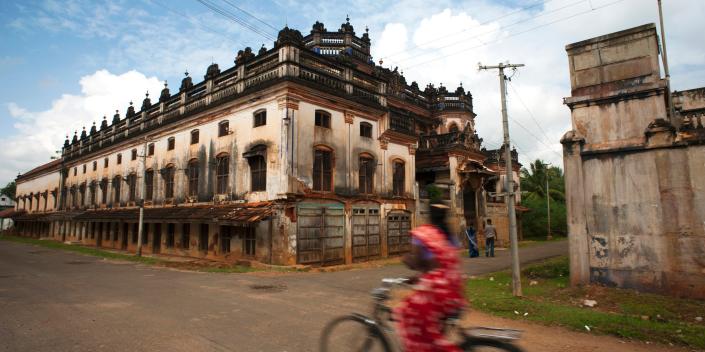







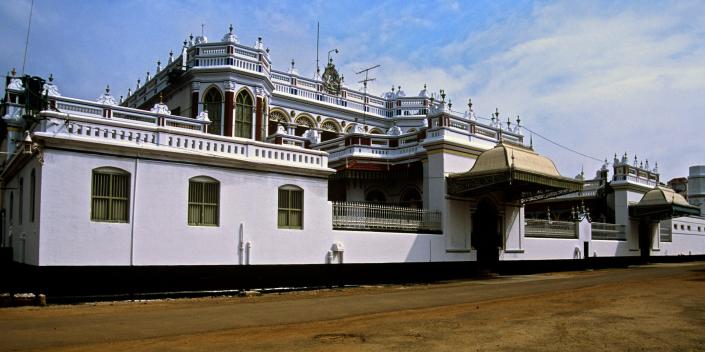


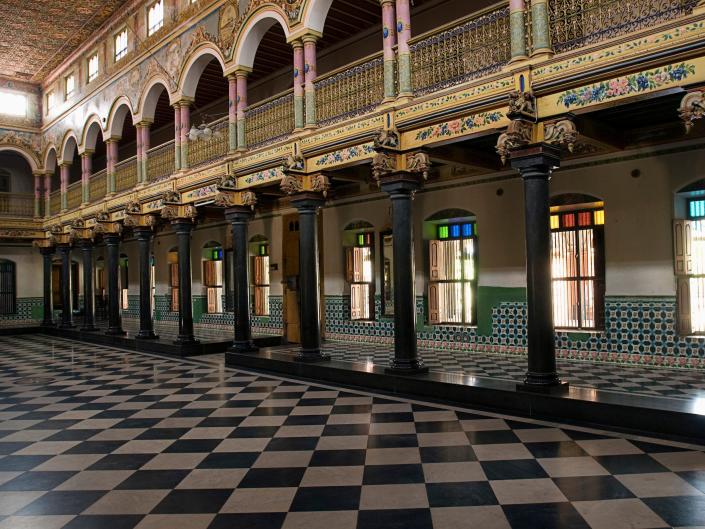
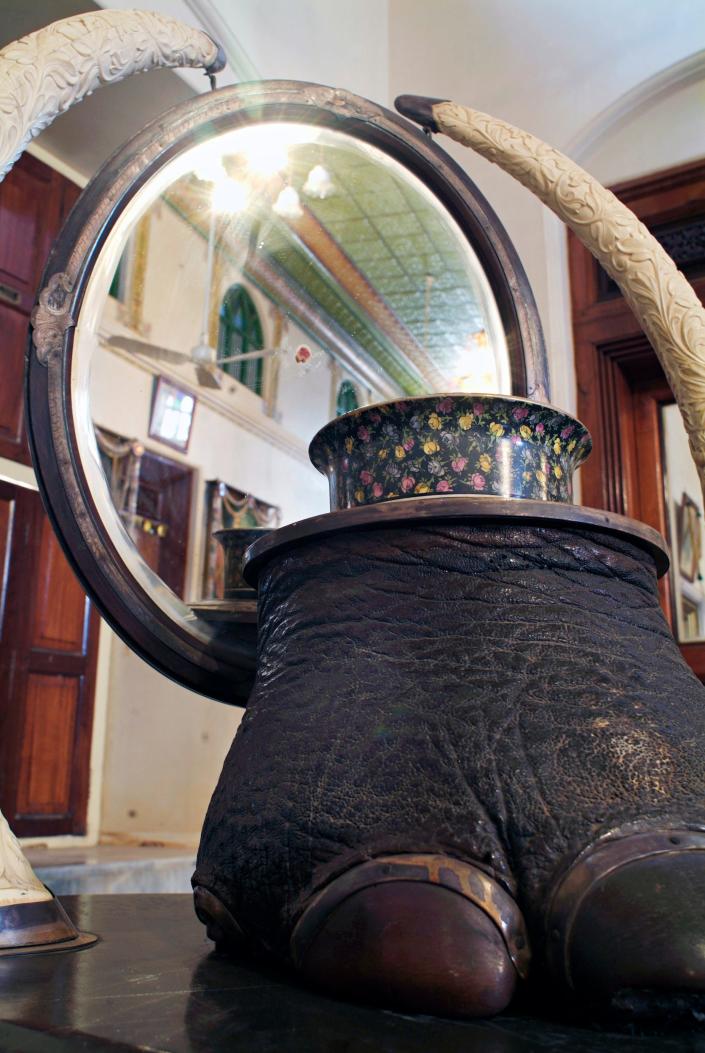





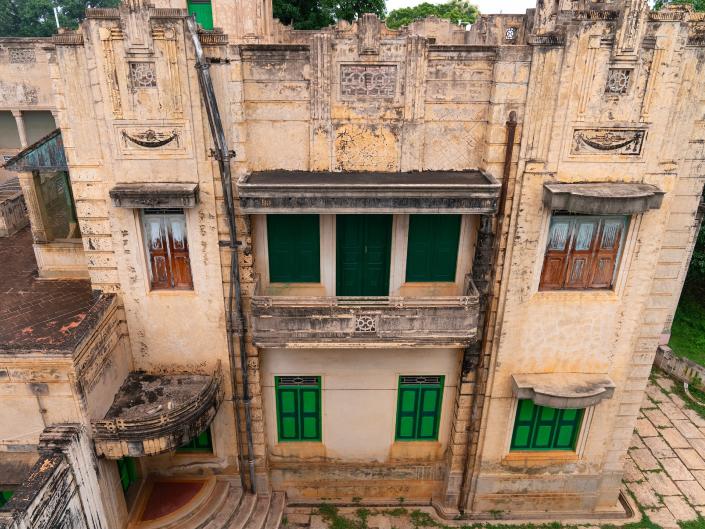


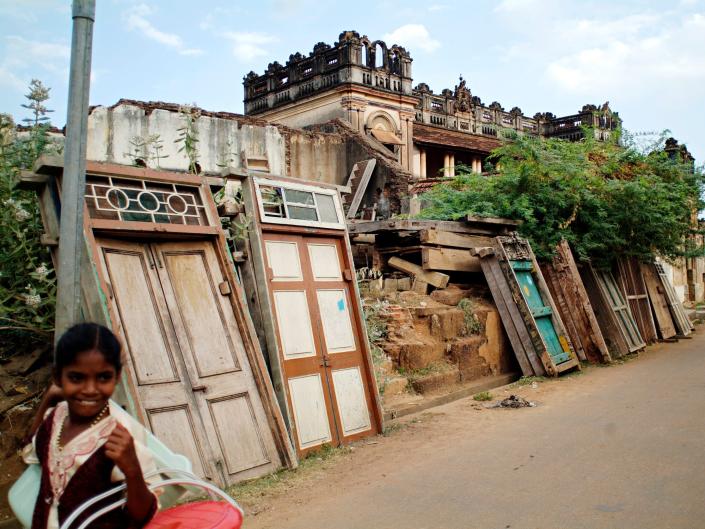
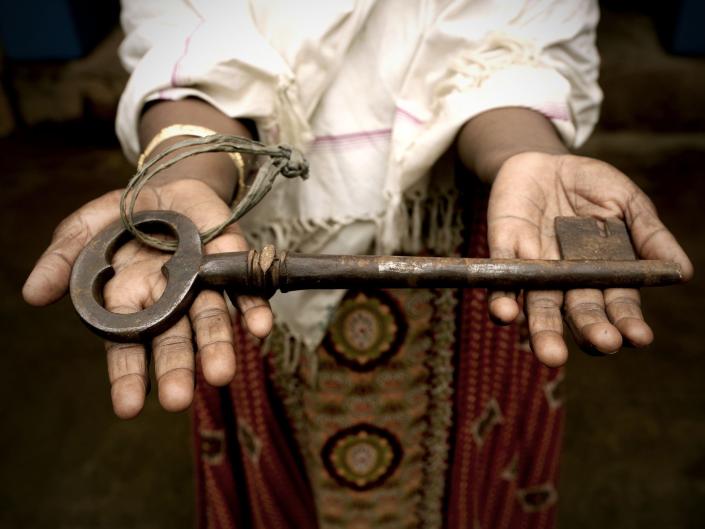


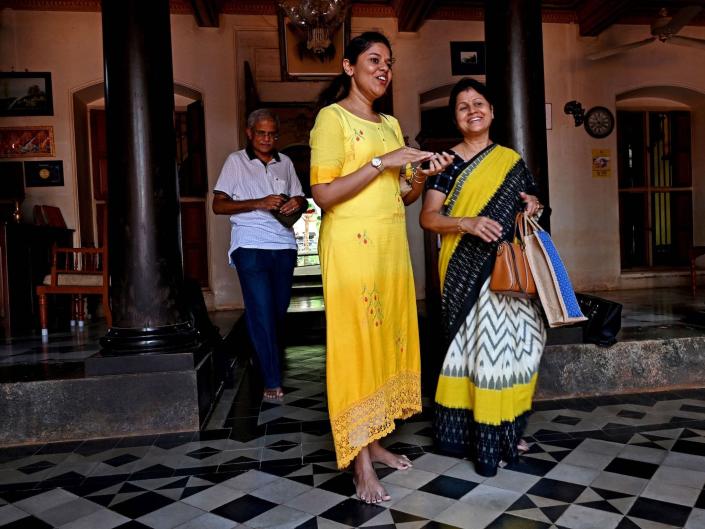
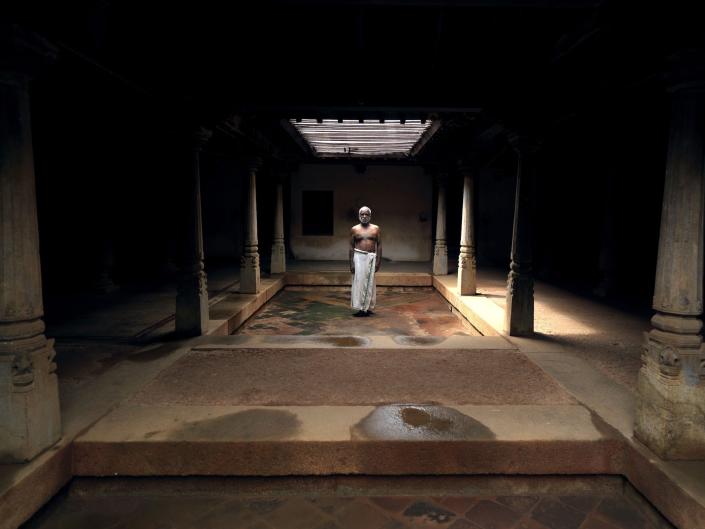

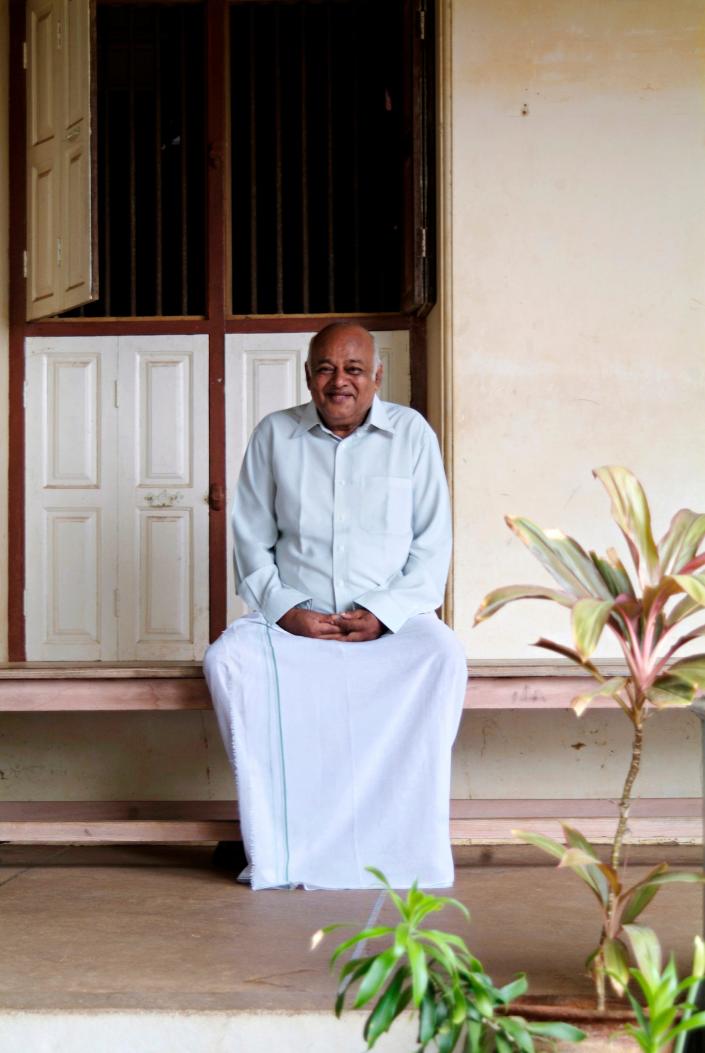

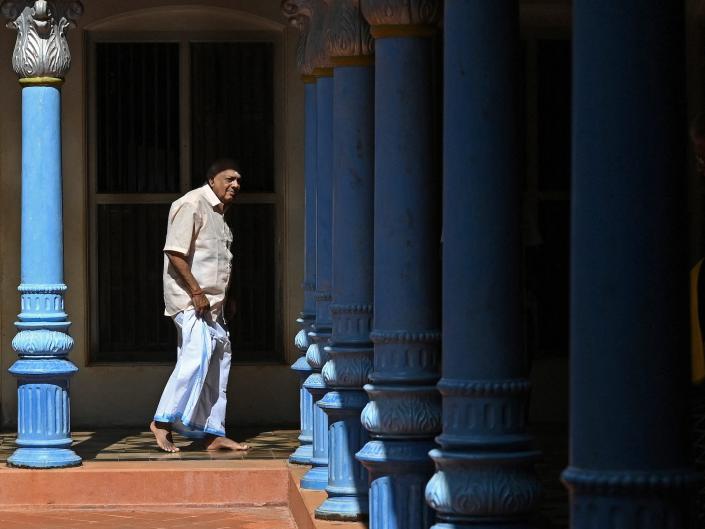

No comments:
Post a Comment